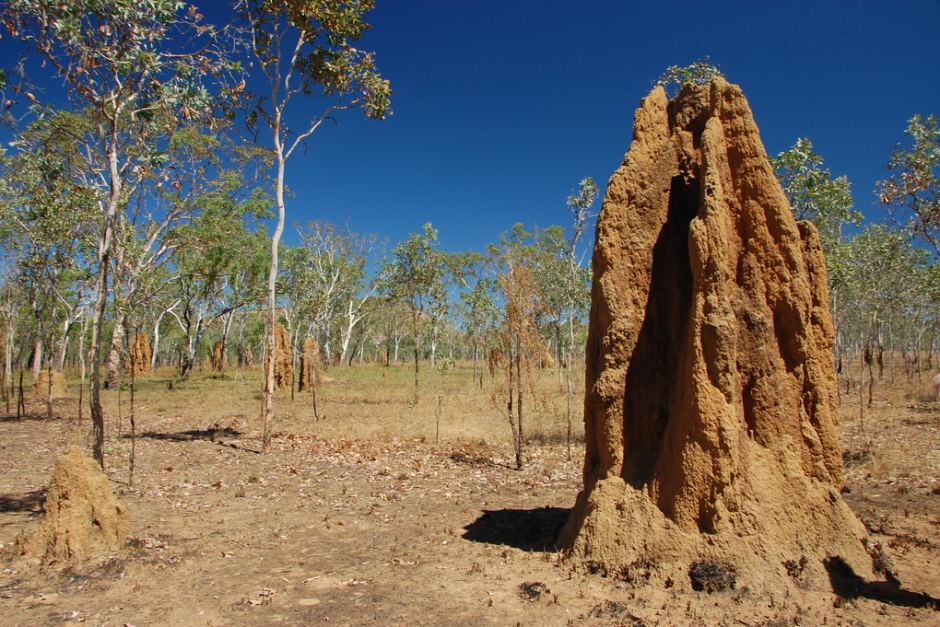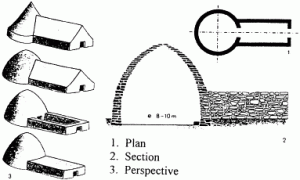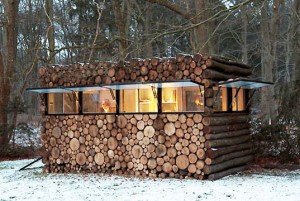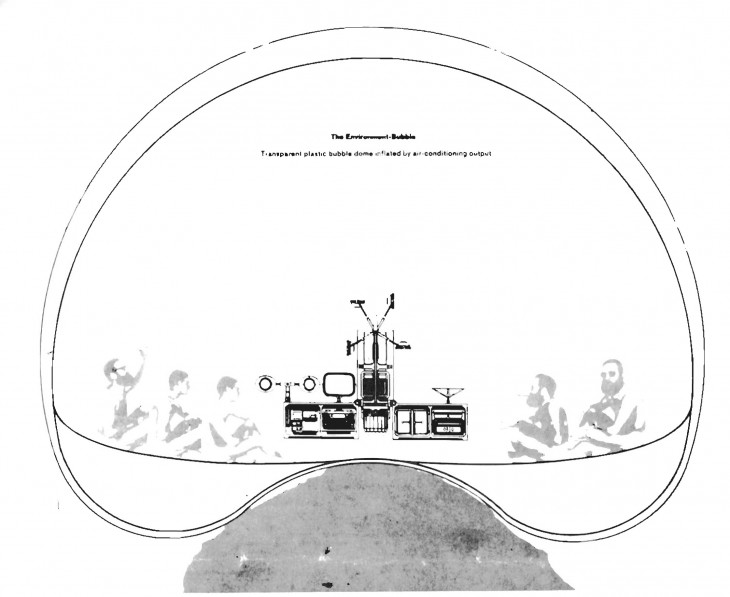Sustainable development!!!
Sustainable development as a term and practice has been a part of the colloquial diction of current day architecture. As righty quoted and explained in the passage sustainable development is “Development that meets the needs of the present without compromising the ability of future generations to meet their own needs.” The theory that is explained in the introductory part of the passage is that the results of growing awareness and inclination towards sustainable development may be less visible, than in architecture, which is a byproduct of evolving digital technologies and new materials.
The concepts of sustainable development, described by the author as “space and energy management”, are the factors, which are politically, and socially critical, along with being architecturally important.
Form, Function, Climate!!
The recent history and development of architecture have been based on two very conflicting theories. The initiation of these theories started with the Louis Sullivan’s dictum of 19th century, in which his proposal, “form follows function”, challenged the decorative and symbolic practices of architecture. The idea of the proposal was to be rationalist and functionalist at the core and to be able to give form to functions that were predefined at various levels. The contradiction and challenge to this theory came from Louis Kahn in 1960 when he announced, “ function follows form”. The notion of this new theory was based on the realisations from the history that the functions and needs may change with time but the architectural forms will persist. The theorist hence concentrated on a new system of composition and design in which he treated architecture to be delinked from a functional program. The hierarchies of spaces hence created were in relation to each other, and although the built fabric was rigid, the functional usage would be flexible.
The author now talks about the concept that “function and form follows climate”, which he expresses to be the right direction of sustainable architecture in which the development, free of “formal and functional pre-determinations”. He wants to explore the scenario where in the architecture is completely deprogrammed and open to changes in weather conditions, seasons. He plans to replace the traditional approach to design and change the constraints, which are majorly functional and symbolic in nature, in order to achieve the freedom of use and interpretation.
“Place is to architecture, what meaning is to language”
The author puts forward an analogy, about the various cities and climatic regions. The lack of portable water of Venice for example, was the trigger behind the current day urban shape of the city. The squares of the city, the charming social places are all the result of the same necessity.
In the same vein, the presence of courtyard in the desert houses is the result of a requirement of an open space protected from dust storm. As explained about Baghdad, the spaces from cellar to roof have a variation in temperature and humidity, which allows the spaces to be used for various functions according to the time of the day and the season. On similar lines, the author gives us examples about the cool rooms, from the country houses of France.
The various examples imply to and highlight the manner in which the local architecture in terms of forms and functions have been a response to the local climate.
Independent Architecture!!!
Philippe Rahm in his conclusion talks about the capacity of architecture, as not being tied to a function, but being an independent interpretation which is not responding to the preconceived functional requirements. The talk of the passage was aimed to explain the readers that the way various modules and styles of architecture have developed over generations that have been a very efficient way of living for the locals of those regions, but the evolution of architecture over generations as a response to function and forms have taken a direction which is preconceived and which the author believes is not necessarily the efficient.
Talking of the response to climate and the way humans have adopted to the nature and climatic changes in various zones of the world, a connection to various topics of the assignment can be established, and noticed that the topic of this discussion can be slated as an example of environmental relationship.
Sustainability – Climate responsiveness?? Energy efficient??
The process of contemplation does result in many questions, which are unanswered.
When talking about Sustainable development, how do you strike a balance between the new age technologies, digital tools and the architecture, which has been developed and evolved over generations of acclimatization???
Is going back, the new going forward and developing???
How much should nature and architecture intervene with each other so that the results are optimized for both the sides???
“There is no point trying to close the windows and designing a sophisticated method of cooling the building, when all you have to do is open the windows”
- Working in the Region.







